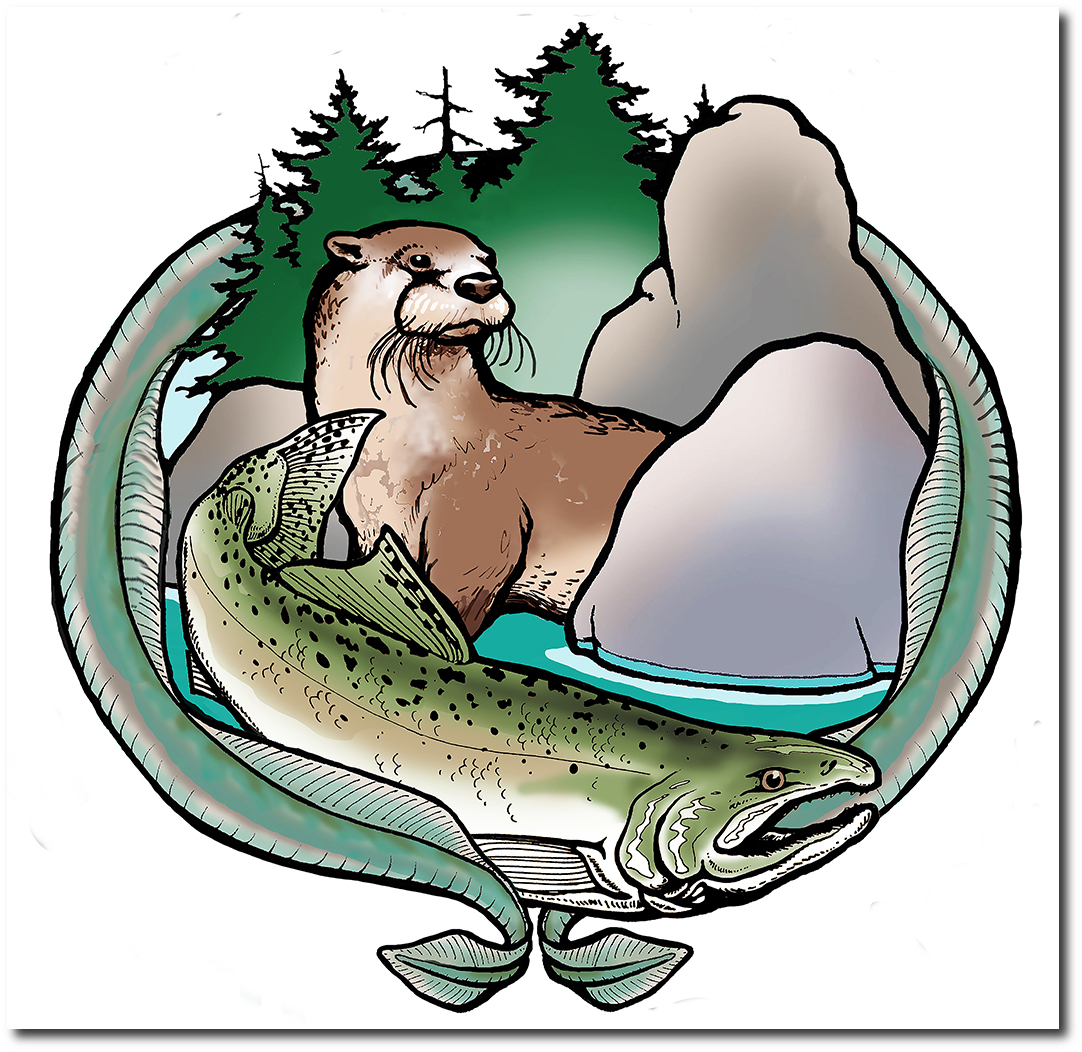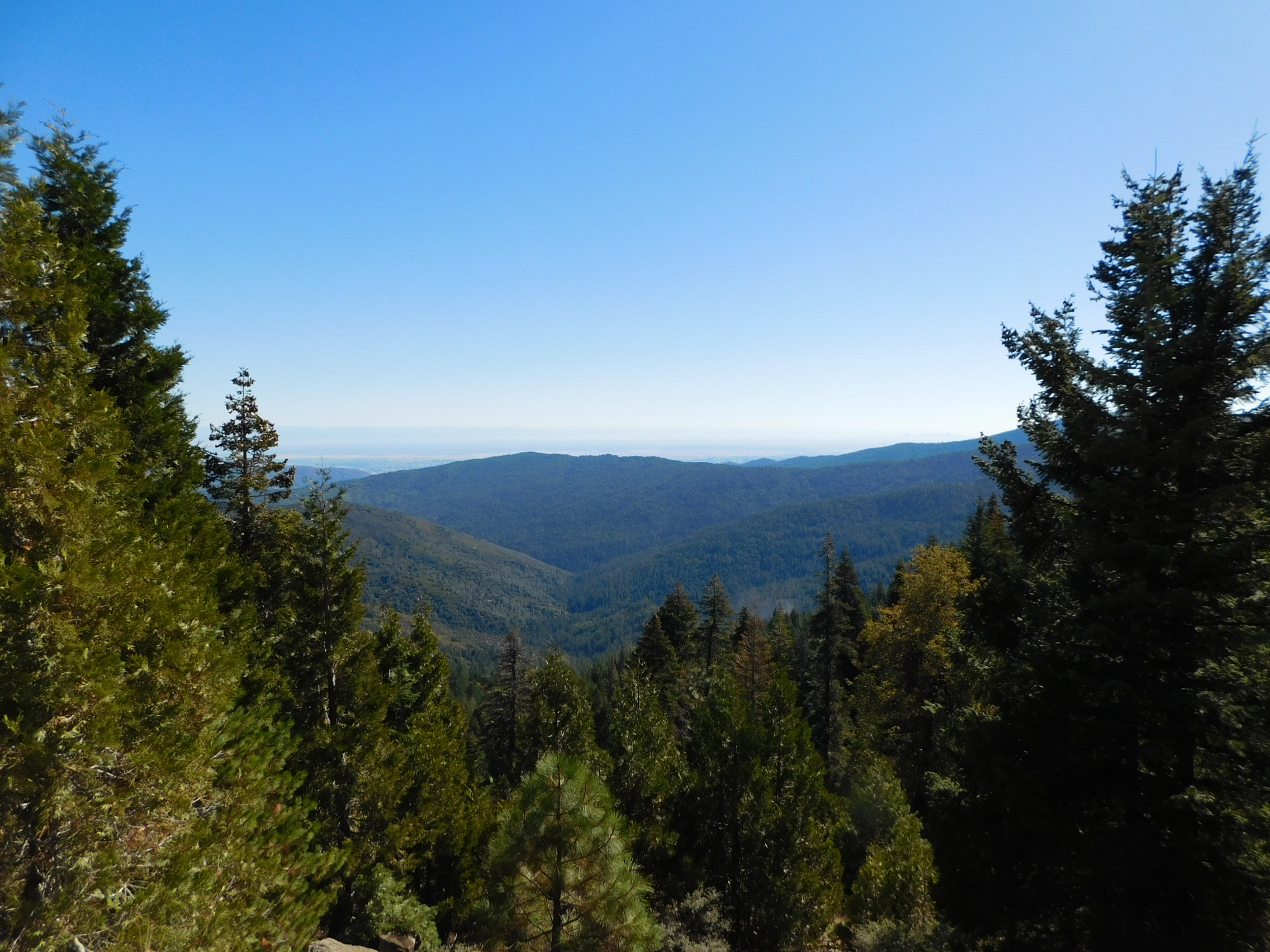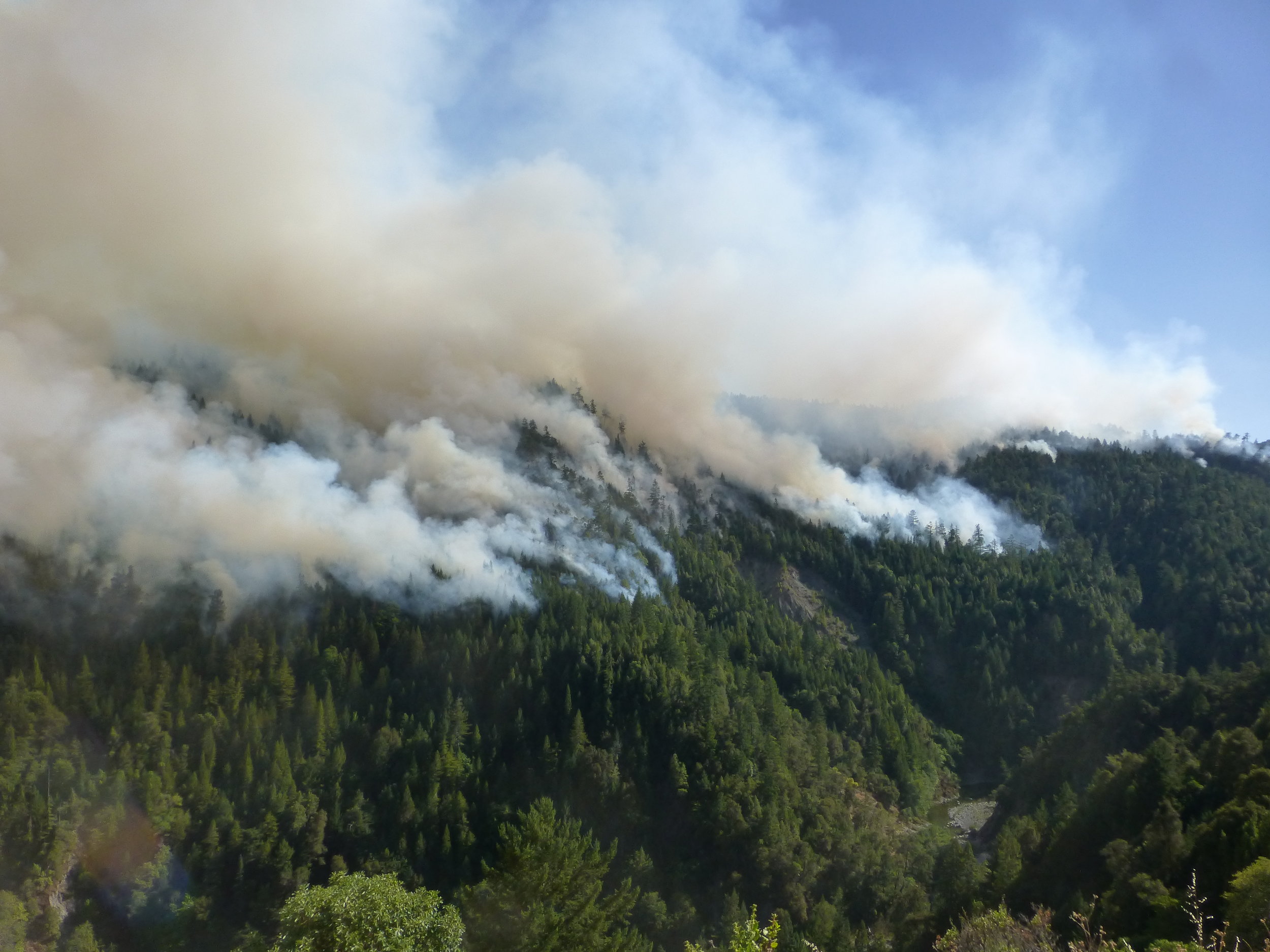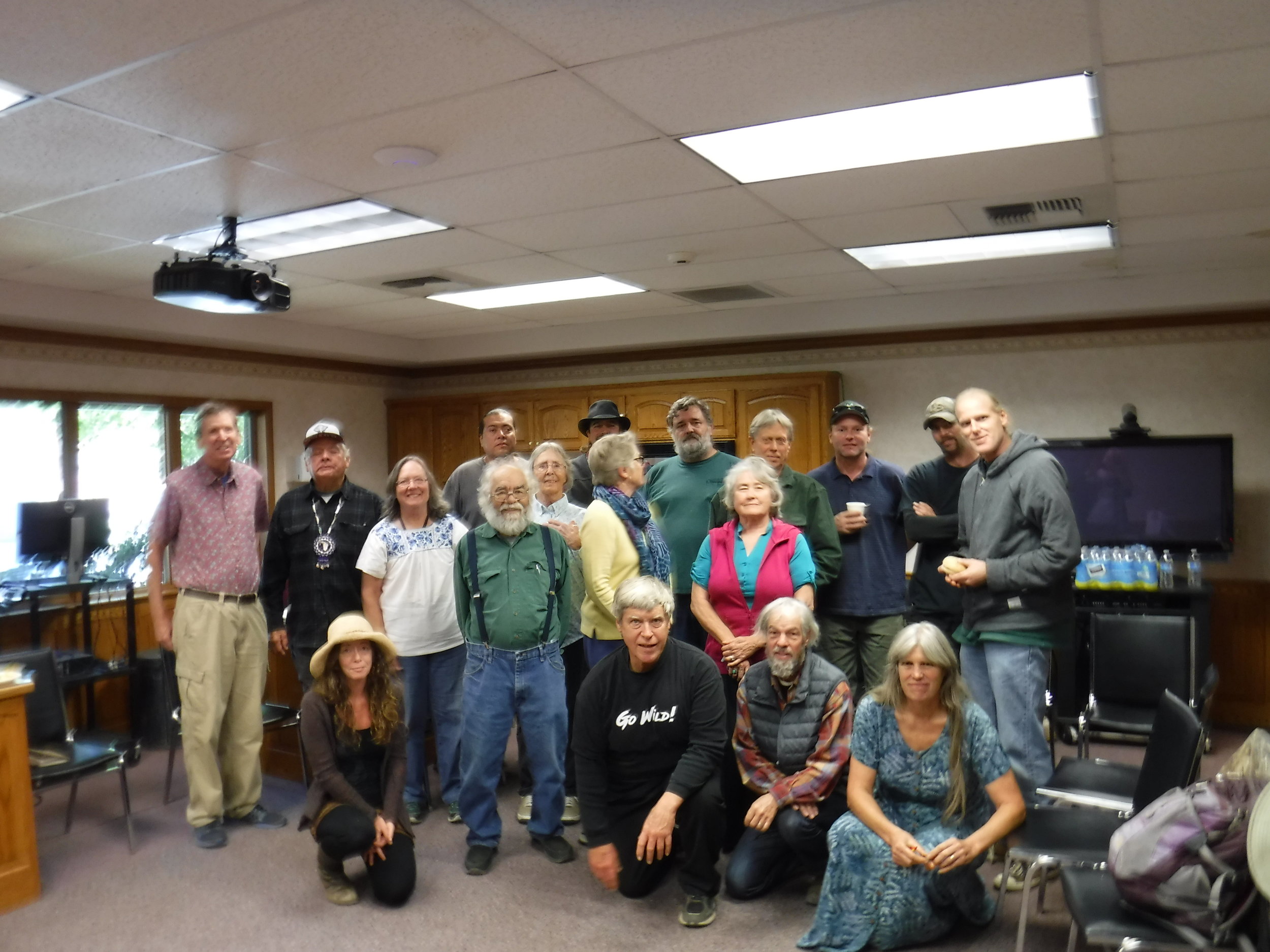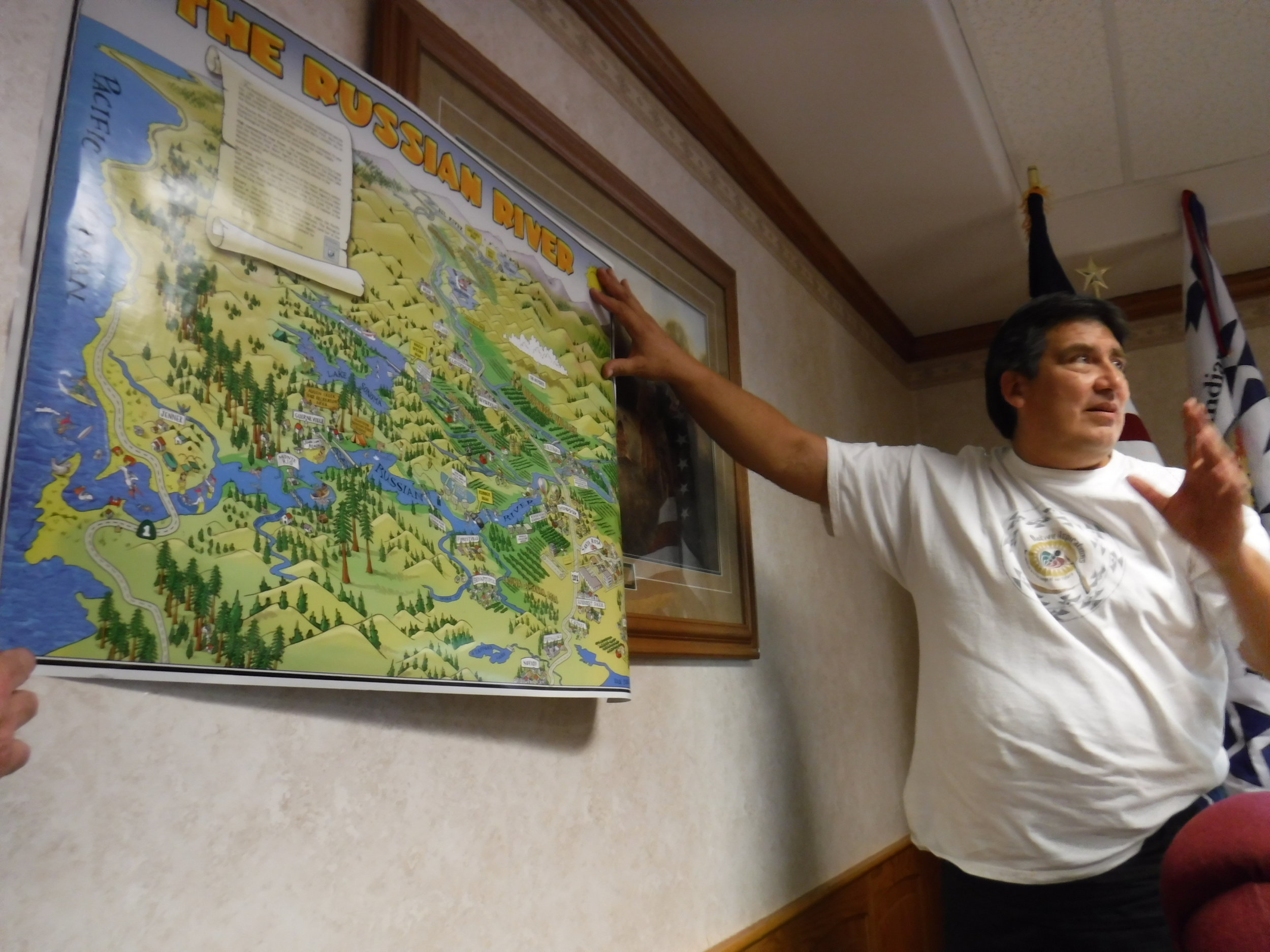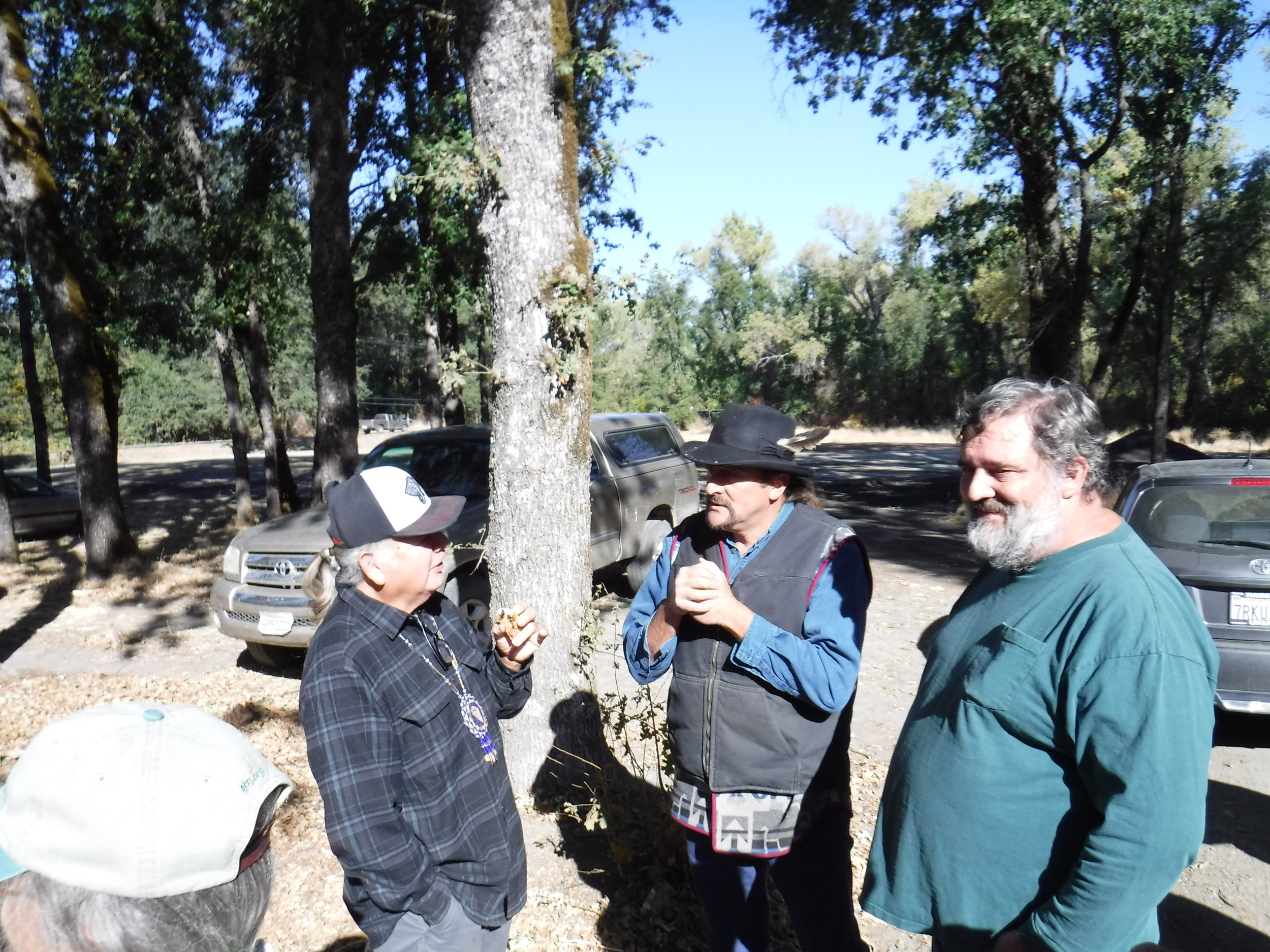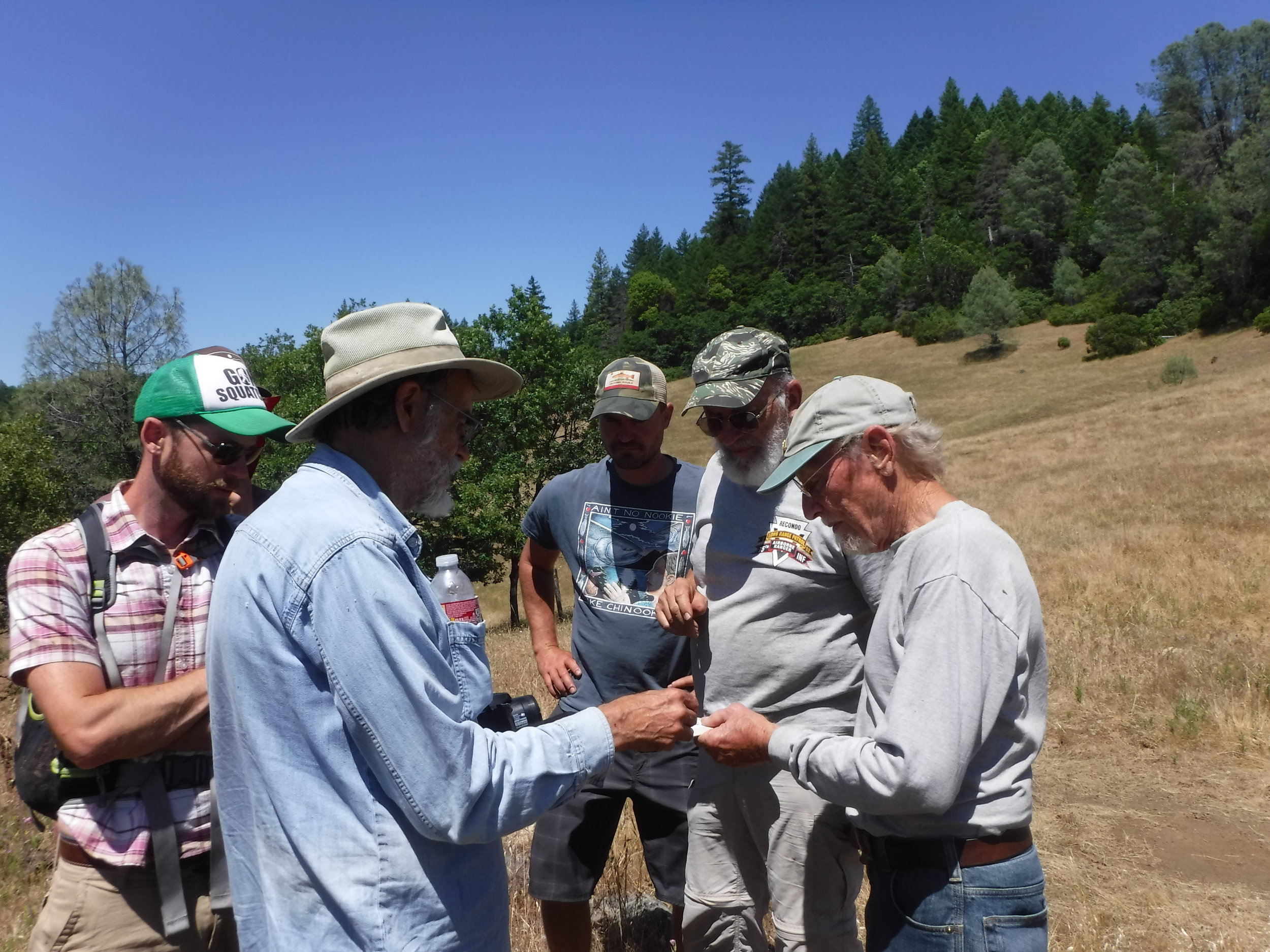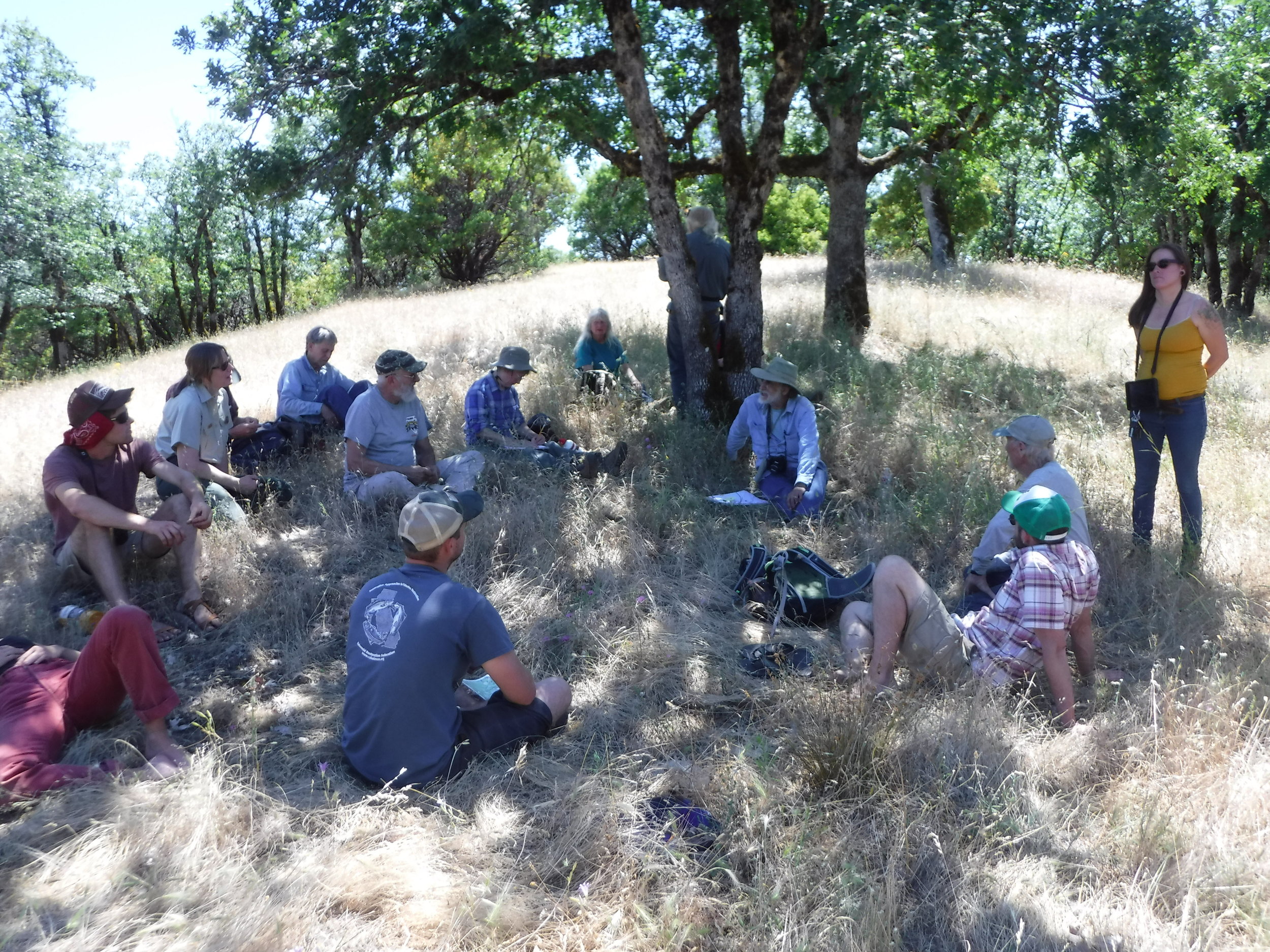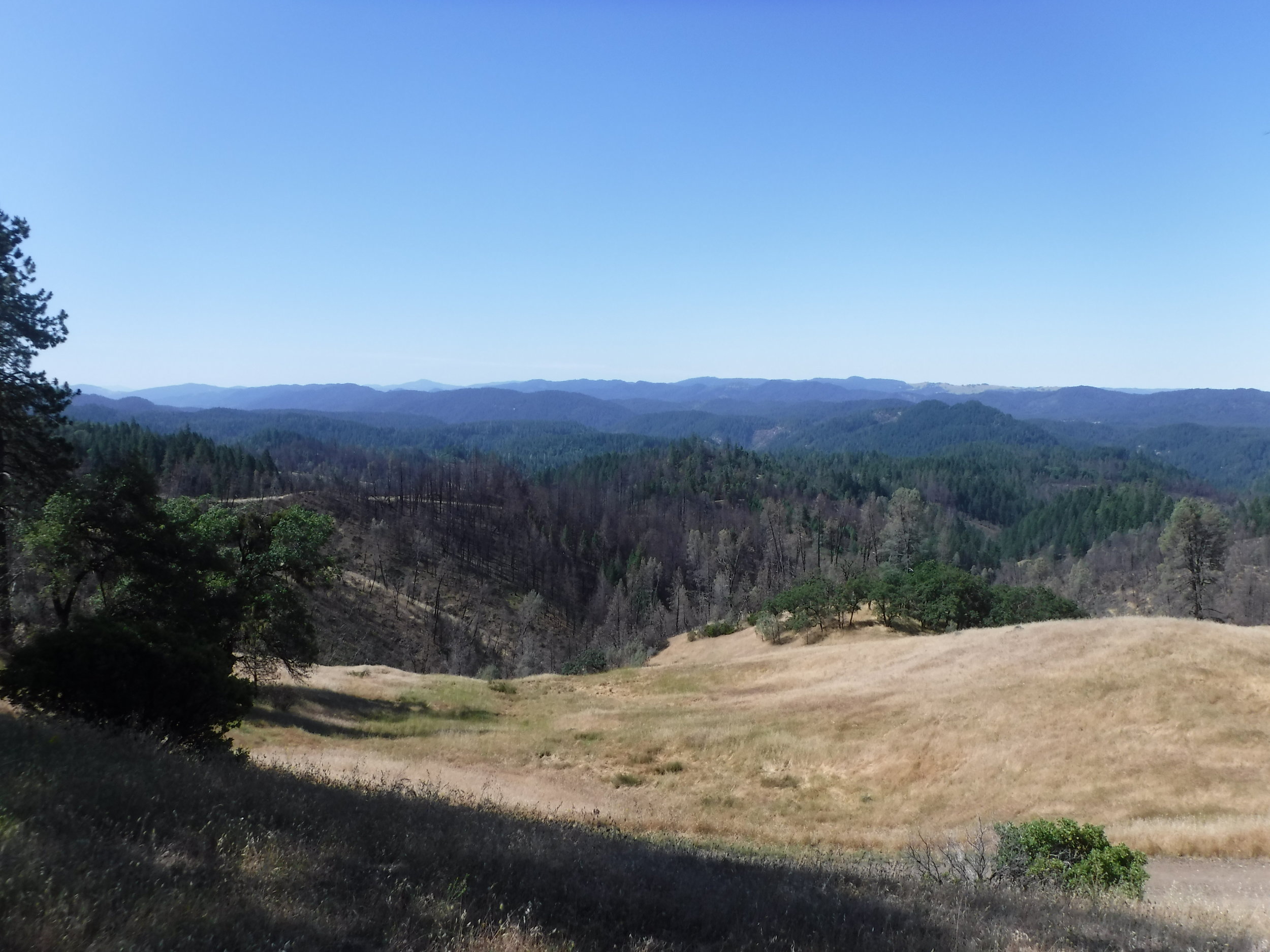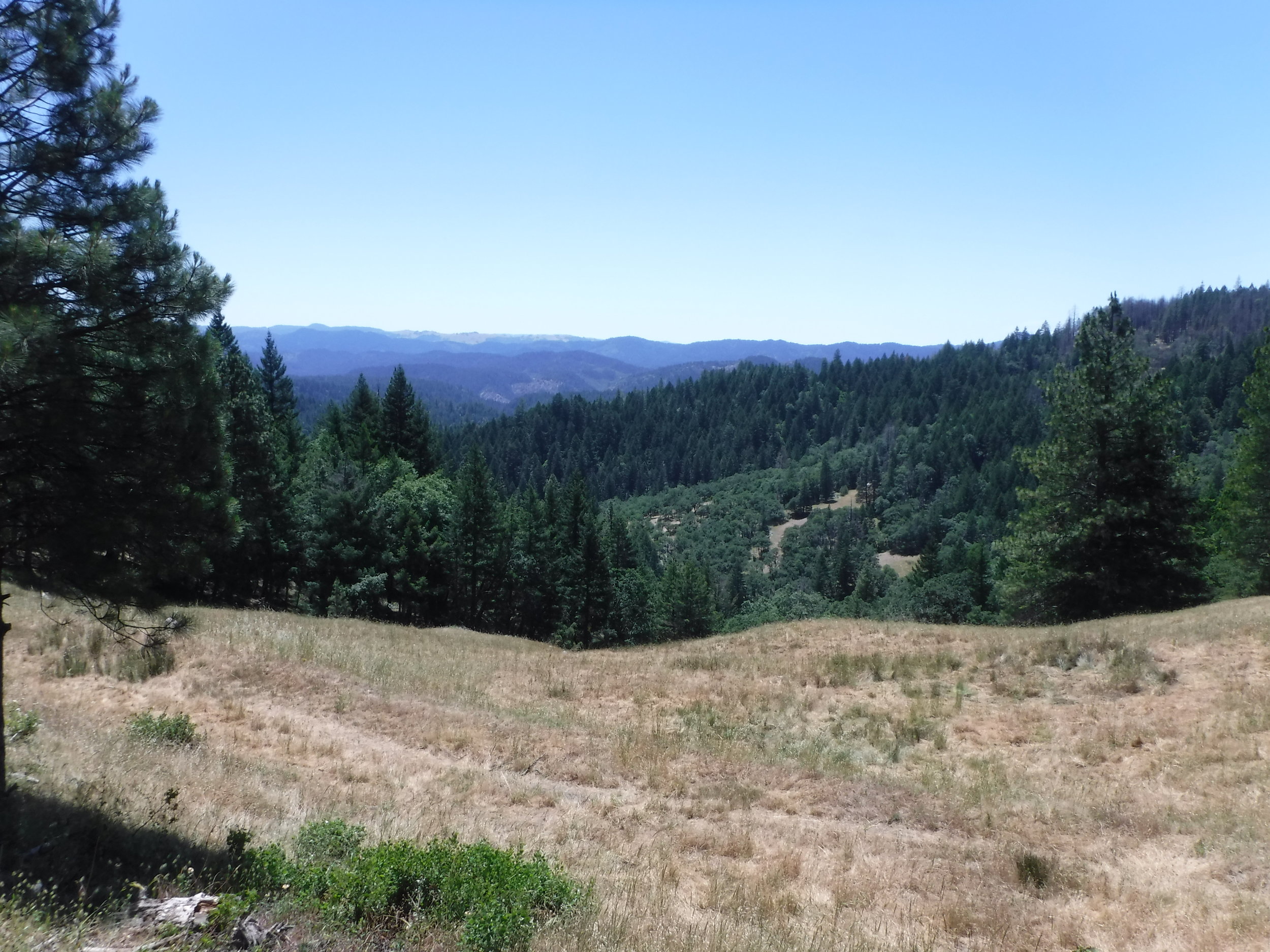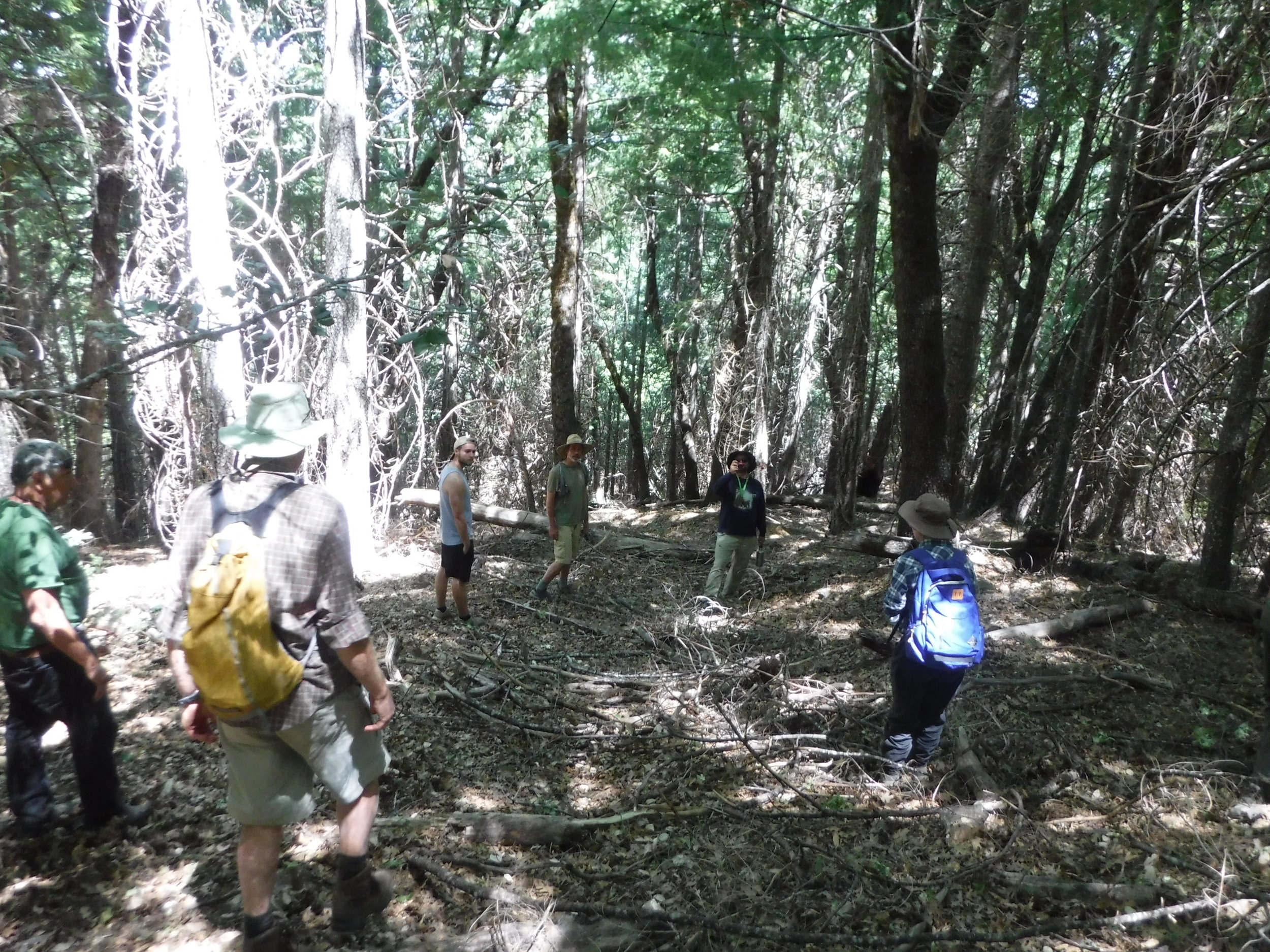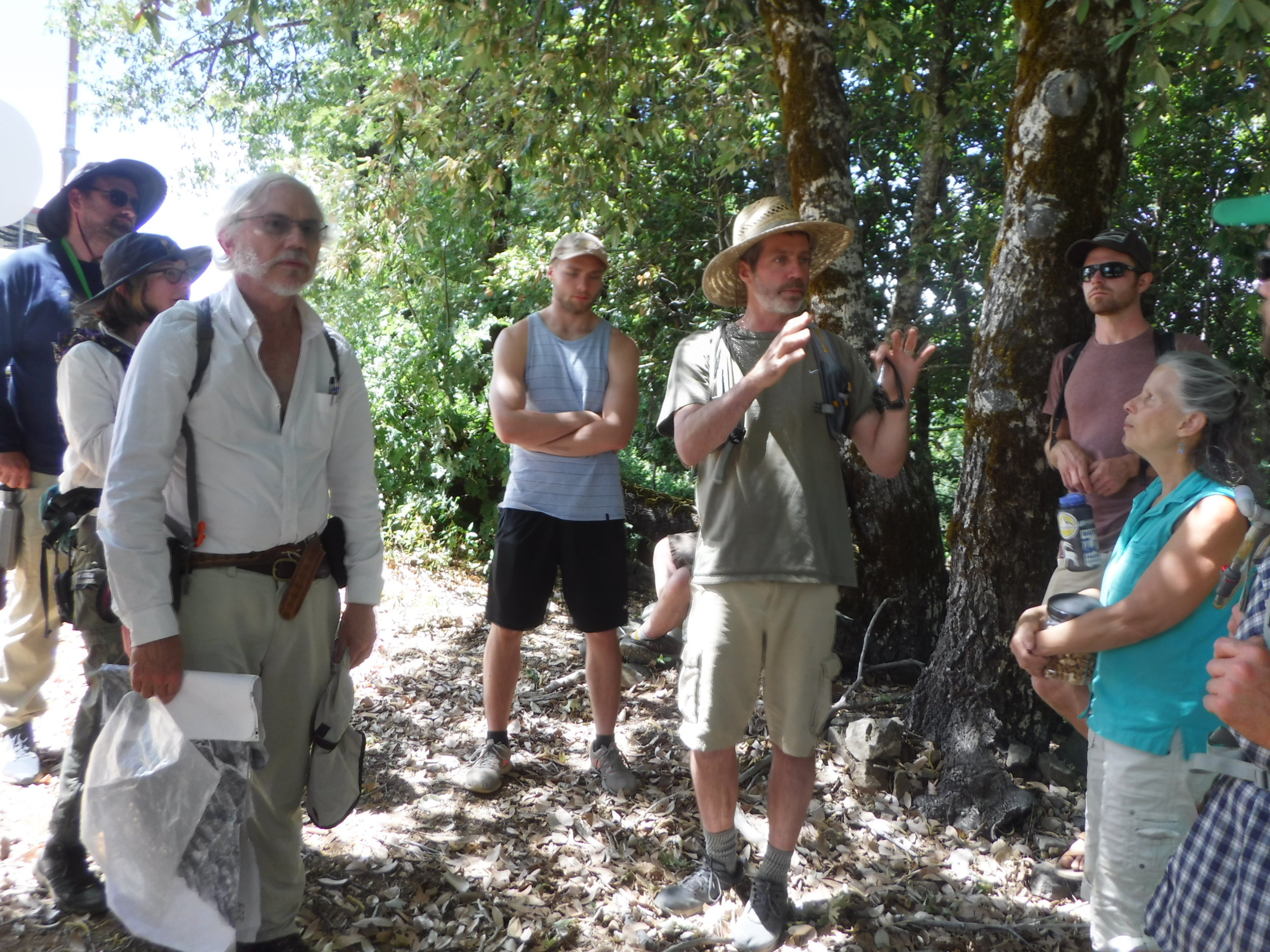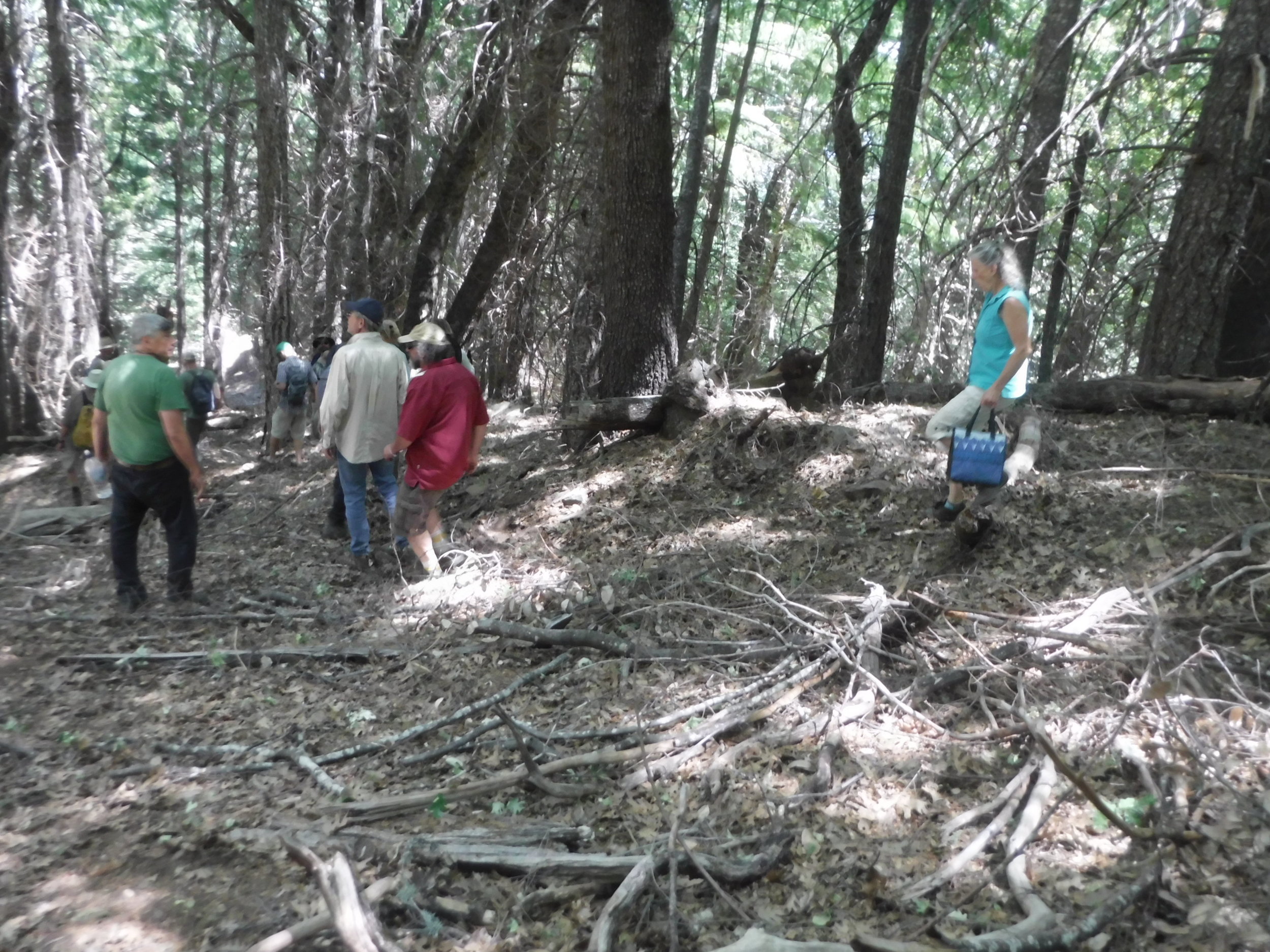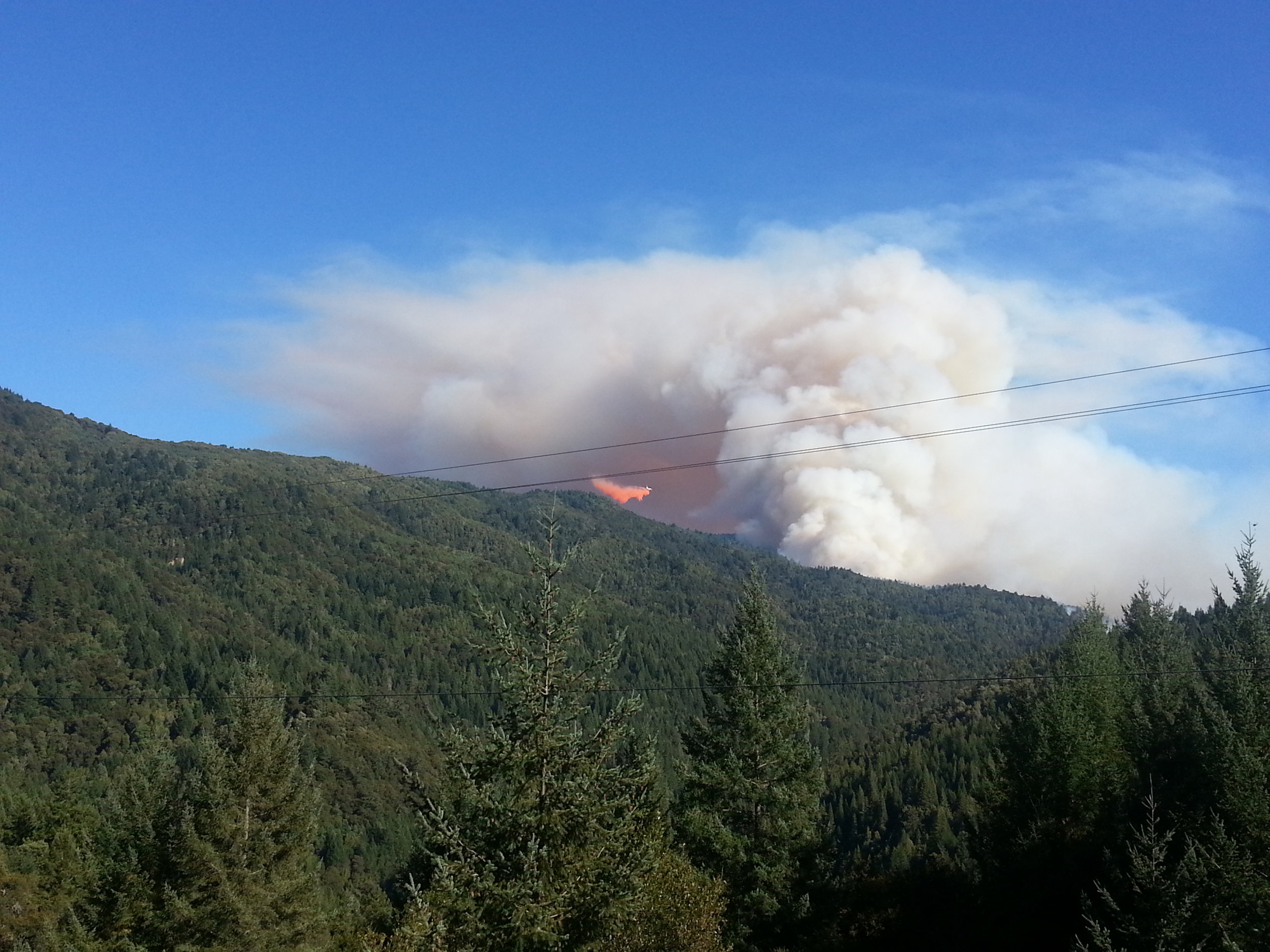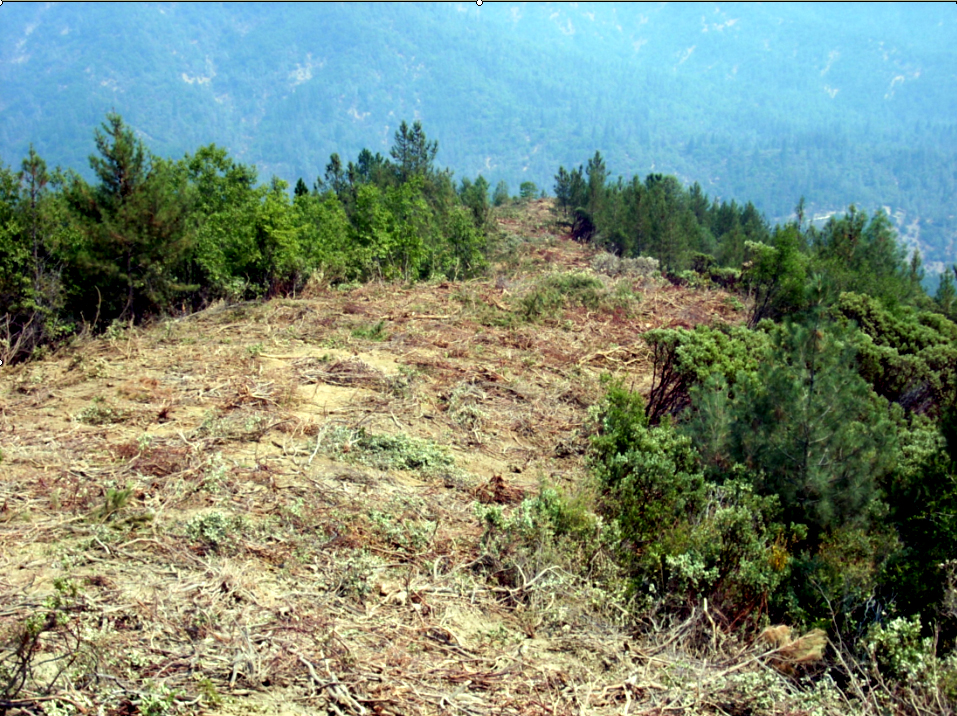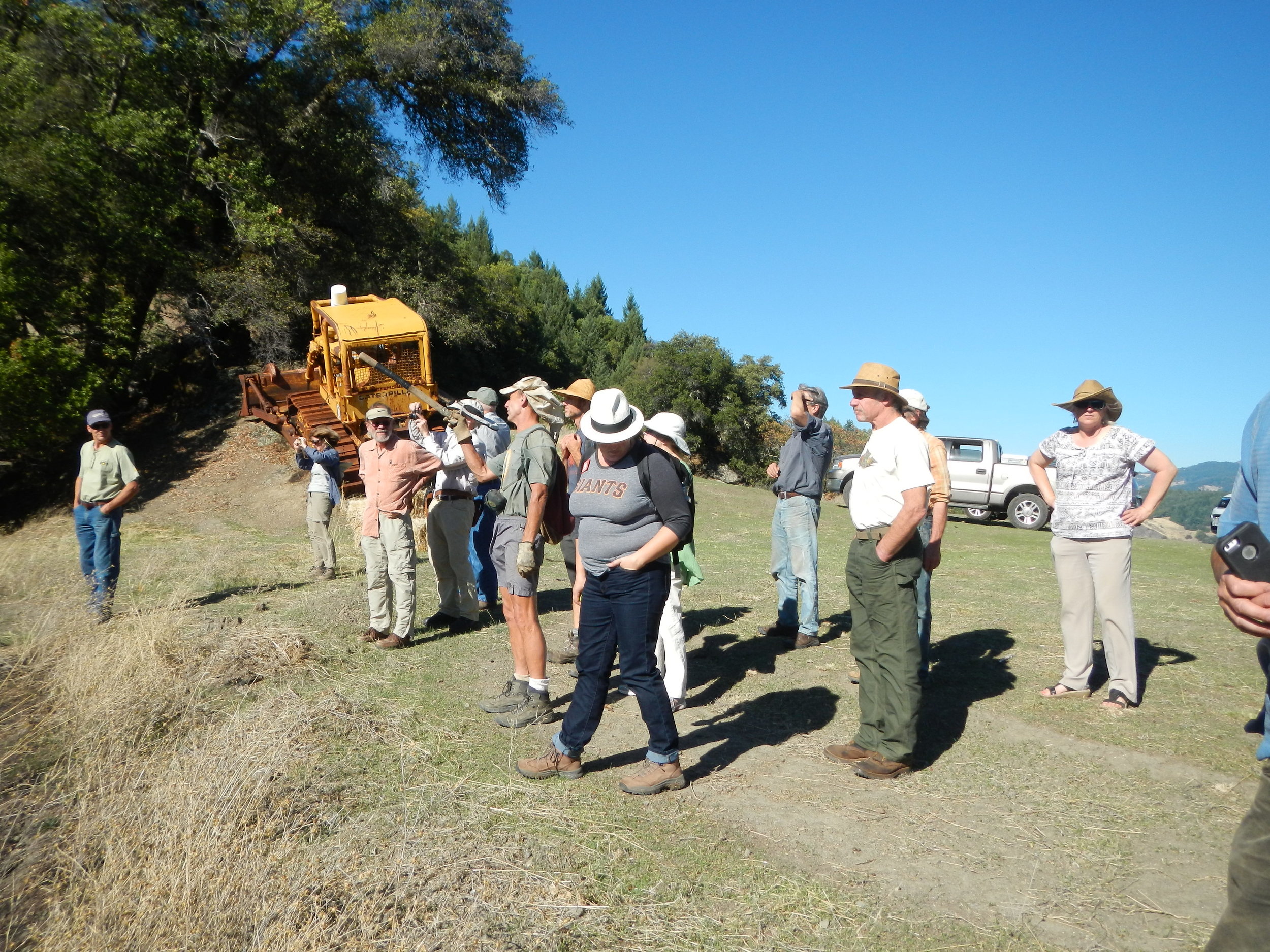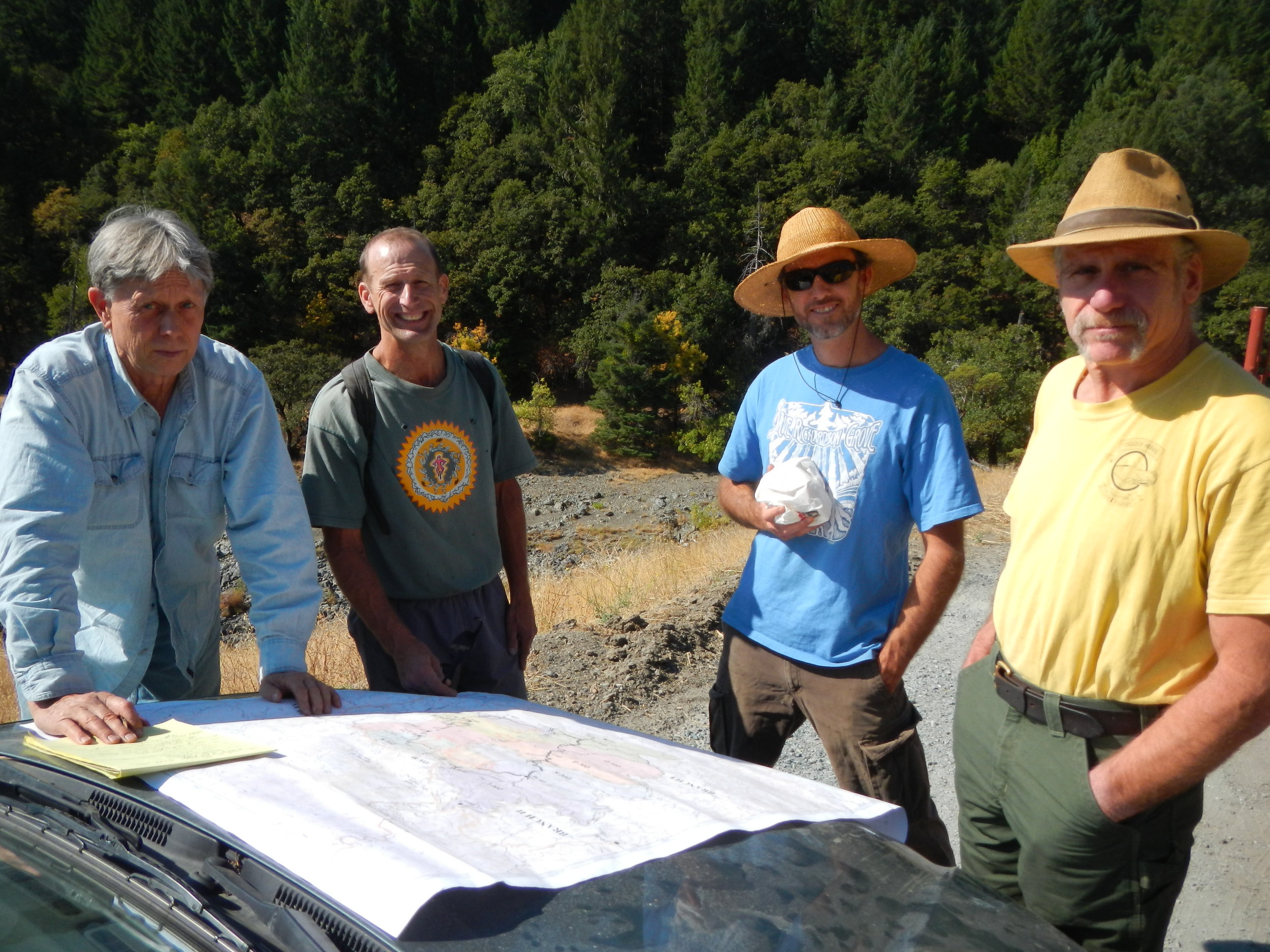Forest Health
Forests are where most of the water comes from in the Eel River basin. Restored forest health means less fire risk, more biodiversity, and restored flows. Where logging has previously occurred, the path to forest health is taking out small trees or “thinning from below”. We are working with the Institute for Sustainable Forestry and others to promote action on private land. On public land we are working with BLM, the U.S. Forest Service and Round Valley Indian Tribes (RVIT) and other stakeholders.
Forest Health Workshop
The Eel River Recovery Project has a good working relationship with the Round Valley Indian Tribes and we share their concern about lack of management of their ancestral territories and the deterioration of forest health there. In the North Fork Eel River watershed, cessation of controlled burns by Native peoples has allowed fir trees to crowd out oak forests. Oaks have been reduced from 36% of the watershed to just 6%. This lessens food for animals and also leads to an increase in water use by vegetation. The North Fork Eel River now goes dry in some reaches in summer, when it was formerly perennial. See the minutes of our October 2017 forest health workshop in Covelo that sums up local concerns and suggests ways to organize.
North Fork Eel River
Retired Six Rivers National Forest archaeologist Thomas Keter has done cutting-edge science and historic documentation of the North Fork Eel River and his work continues in retirement. See his website.
We visited two archaeological sites in the North Fork important to indigenous people in June 2018. Thomas has produced reports documenting the changes since he began work there in the 1980s: Raglin Flat and Yellowjacket Ridge. Recent fires seem to have set back fir more than oak, an encouraging sign.
Cahto Peak
We have a good working relationship with the Arcata Office of the Bureau of Land Management and shared objectives regarding improvement of forest health. The Cahto Peak Wilderness Area was only recently designated and we have identified an opportunity to improve forest health there with additional benefits for public education.
Fir trees over-topping the oak forest along the trail to Stotten Opening could be removed by volunteers with hand tools. This project, however, will require substantial planning because any project in Wilderness requires National Environmental Policy Act review. Stay tuned.
The Wilderness Lodge Fire
We assisted the BLM with post-fire outreach after the Wilderness Lodge Fire in 2014 that burned extensive areas in the upper South Fork Eel River. After the fire, we brought volunteer labor to prevent erosion on bulldozer lines in the Cahto Peak Wilderness.
The fire smoldered for several months and had an over-all beneficial impact on forest health, although there were areas of hot burns especially in chaparral. Minutes from an October 2014 BLM/ERRP meeting recap what was learned from the Wilderness Lodge Fire. Fire Office Tim Jones’ summary can also be viewed as a slide show .
